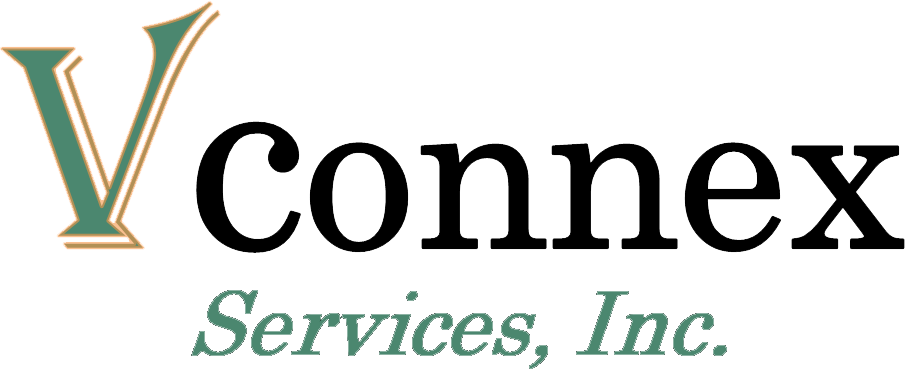COVID 19 cases prediction and Vaccine Distribution
Vaccine Distribution Optimization
COVID-19 commonly known as the Novel Corona virus has created a Havoc claiming millions of life and presented the world with the worst economic crisis. This led to the whole world towards a common query regarding the first COVID 19 vaccines. The patience of the world populations has been rewarded and the first COVID Vaccines are available by the end of 2020. However, the last mile challenges associated with the COVID 19 are still left unaddressed especially the most important questions like "When would an average person actually get the COVID 19 vaccine" and "Whom to vaccinate first". So, in this article we explore few subsets of these challenges and propose digital solutions to address the same.
The question of when will a common man get the Vaccine has much less to do with when its approved and far more to do with how fast its manufactured and distributed. The full effects of the pandemic – Health, social and economic will not end until a critical mass of people are vaccinated [1]. This reinforces that the fast distribution of vaccines will be a greater challenge than the development itself. The fundamental reason behind this challenge is the scale of distribution. Shipping and administering 7 billion vaccines to 7 billion people presents us with unprecedented challenges. This challenge is tripled due to the nature of COVID 19 vaccines which has a requirement of being administered at an interval of 21 to 28 days[2]. This is further complicated by the need to maintain cold chain during the entire transportation process. This means every element used in the pipeline has to be specialized – the origin warehouse, the truck, the plane, en-route warehouse and the final destination each needs to equipped to maintain the desired temperature [3]. This challenge is compounded by the geographical constraints in reaching the desired final destination. However this opens up a new question. With the given logistical constraints is it necessary to bring vaccines to people or shall we bring people to vaccines. Here we propose this as an optimization problem. Both bringing people to vaccines and vaccines to people present us with its own challenges. For example reaching a difficult location with the vaccines is extremely challenging, at the same time bringing people from a remote location to where the vaccines are kept without community transmission among them is challenging as well. So how do we pick up the locations where we can send the vaccines and how do we pin point the location from where we could bring people to the vaccine locations. We propose that before the vaccine distribution, initially we should induce a nationwide lockdown for n number of days. To estimate the value of "n" we could potentially use SEIR[4] models which are compartmental models. We estimated the values for a sample population of n= 50000 and a R0=2.01, we find that a strict lockdown of 10 days should be implemented and after that the social distancing can be gradually reduced (Ref Fig 1). We also find that the number of exposed people and infected are drastically reducing. Another interesting finding could be seen in the upper portion of the graph, where we find that even after reducing lockdown steadily (after the 75th day )- the optimal susceptible rate still reduces and rate of recovery increases significantly. This solves another optimization problem. Here, using this model we are able to reduce the social distancing at the same time reduce the COVID 19 transmission. This brings the rate of infection under control by simultaneously reducing the economic burden as it provides more lockdown relaxation.
Moving further, once we identify the value of "n" ,we should then identify the places where we should take the vaccines and the places from where people should be brought to vaccines and once again this could be solved as an optimization problem where the optimization function is " less transmission of the virus and effective targeted vaccine distribution". The model could factor in multiple parameters like transmission rate, distance to remote location, number of such remote locations where vaccines cannot be taken easily , transmission rate between people and risk of infection when we bring people from a remote location and the vaccine transportation issues. Considering all the aforementioned parameters the model would be able find the locations from where the vaccine distribution can happen, the targeted population who should displaced to get the vaccine and number of people who could be transported to safely without causing a massive community transmission. This might help in providing some relaxation in to the upcoming logistical issue.
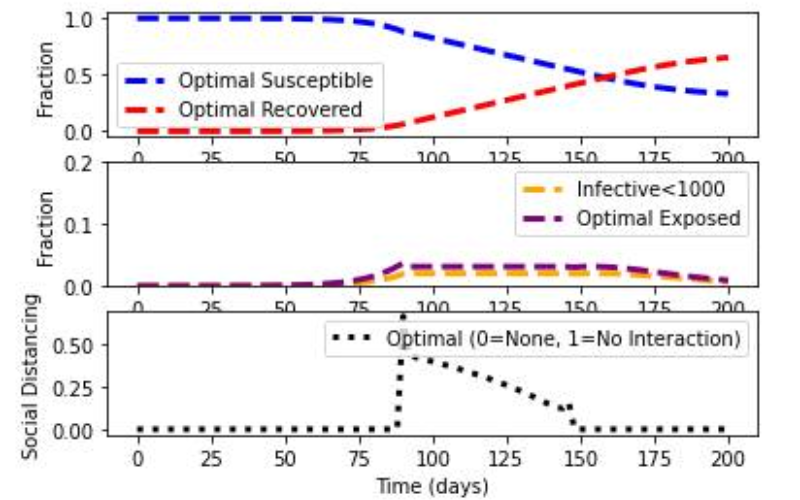
Fig 1: SEIR Model for social distancing [4]
Another intriguing question that is presented to the global organization is to zero down on whom to vaccinate first. Should we target the old aged population who are at a higher risk but doesn’t travel much to spread the virus or should we focus on highly mobile younger population who could potentially spread the virus a lot but are not at a higher risk of fatality. This question is quite debatable so we propose this an optimization problem. From our analysis on the symptom checker dataset [5], we find that the people within the age limit 21- 50 are increasingly affected by COVID 19 due to a potential contact with someone having COVID and the statistics [6] show that older generations are at a higher risk of potentially losing their lives. So we propose this as an optimization problem where the agent based model or the compartmental model could have a reward function as "Vaccinating the right people to reduce the mortality at the same time reducing the transmission of the virus". This could also be supported by a digital solution. We can have a mobile app tracking the symptoms of the people. Since self-reported symptoms play a significant role in determining the risk levels of COVID 19, side effects caused due to vaccination and COVID 19 spread in a particular demographic location, this could potentially identify high risk target geographical location and target population. We also think that people with symptoms need not be vaccinated immediately but instead they could be provided with some special medical attention and get the vaccination dose according to the doctor’s suggestion. This could vary with type of symptoms and risk level.
So we believe that the last mile challenges in the associated COVID 19 vaccines could be addressed to some extent using digital solutions. The one we presented above is subset of the digital solutions called optimization problems using machine learning.
COVID outbreak prediction
The rapid spread of COVID-19, the disease caused by the SARS-CoV-2 virus, has had a significant impact on humanity. Accurately forecasting the progression of COVID-19 can help (i) healthcare institutions to ensure sufficient supply of equipment and personnel to minimize fatalities, (ii) policy makers to consider potential outcomes of their policy decisions, (iii) manufacturers and retailers to plan their business decisions based on predicted attenuation or recurrence of the pandemic and (iv) the general populace to have confidence in the choices made by the above actors.
So estimating the COVID 19 outbreak becomes instrumental and has attracted significant traction in the past few months. Traditionally time series forecasting works based on feeding the time stamp along with features or covariates to estimate the future outbreak values. But the problem with this method is that the features may not be available for the entire forecasting horizon. So we initially propose to estimate the features using deep auto regressive model as a univariate forecasting and utilize teacher forcing method to correct the errors and estimate the future cases. For this purpose we consider highly non correlated variables from a given dataset and estimate the outbreak intensity. The output are as follows.
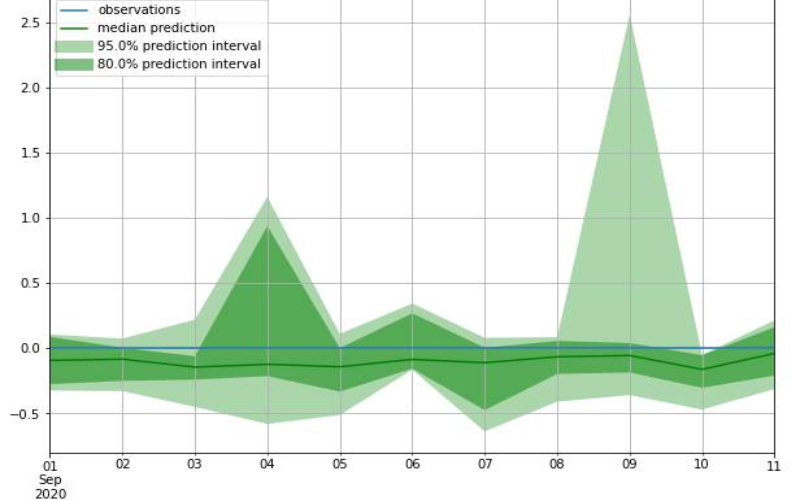
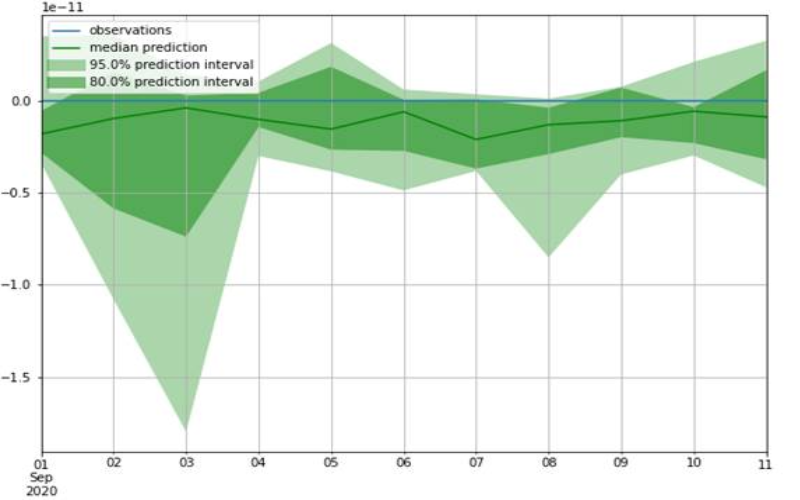
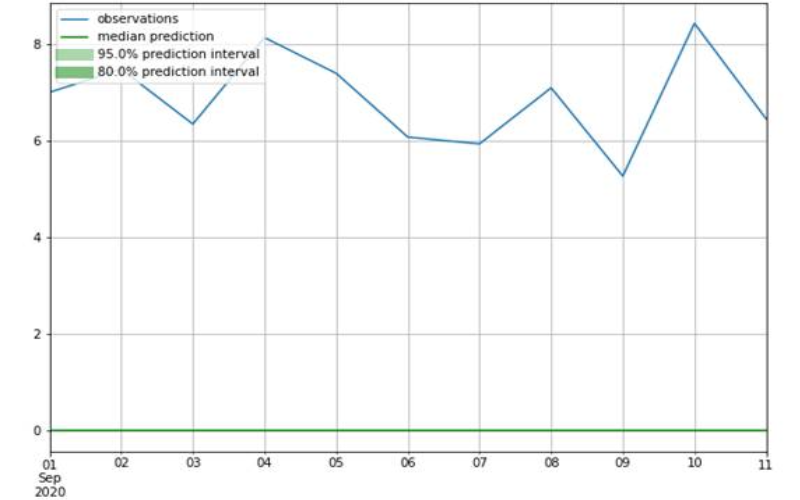
Code link: https://colab.research.google.com/drive/1WwPrqUmzOURMN09OSLtkVYp2KdhbEbwe?usp=sharing
References
[2] https://www.statnews.com/pharmalot/2020/09/08/covid19-vaccine-supply-chain-cold-chain/
[3] https://youtu.be/byW1GExQB84
[4] https://youtu.be/Tb1ktCtTMB4
[5] https://www.kaggle.com/iamhungundji/covid19-symptoms-checker
